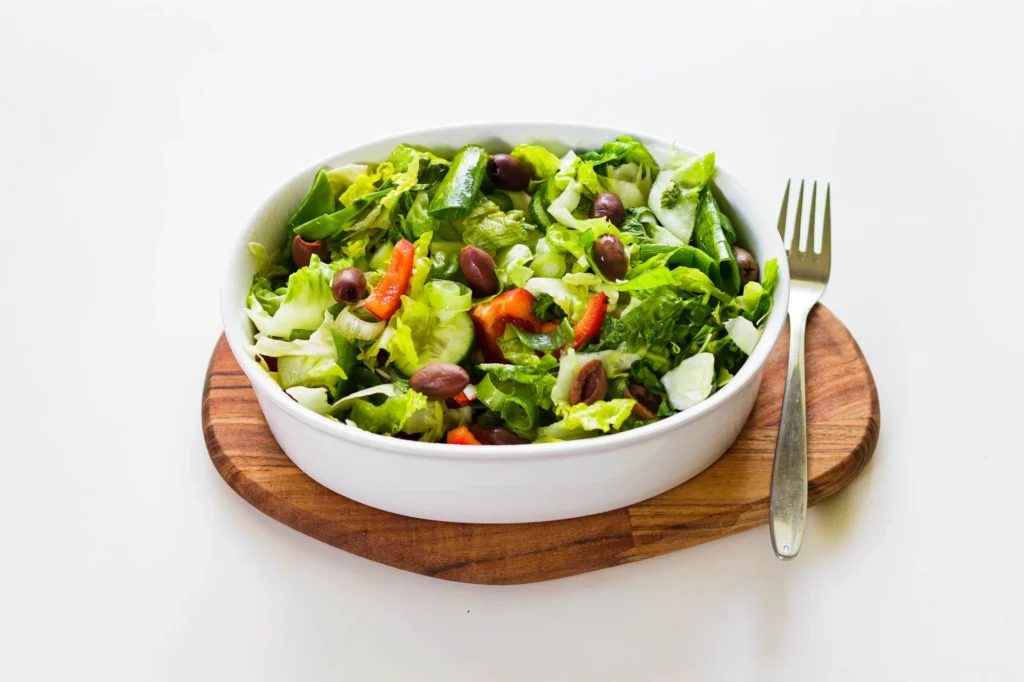Salad dressings are the unsung heroes of the culinary world,

transforming a simple bowl of greens into a vibrant explosion of flavor.
While store-bought options offer convenience, nothing beats the freshness
and health benefits of homemade dressings. In this article, we’ll dive into the art of
creating homemade salad dressings that are not only delicious but also packed with nutrients.
Get ready to elevate your salads to new heights with these simple yet sensational recipes.
Why Homemade Salad Dressings?
Store-bought salad dressings often contain preservatives, artificial flavors, and excessive amounts
of salt and sugar. By making your own dressings, you have full control over the ingredients,
ensuring that you’re nourishing your body with wholesome, natural flavors.
The Benefits of Homemade Dressings
Homemade dressings are not only healthier but also tastier. You can customize them to
suit your preferences, whether you prefer tangy vinaigrettes or creamy concoctions.
Plus, whipping up a batch of dressing at home is incredibly cost-effective compared to
purchasing pre-made bottles.
Essential Ingredients for Homemade Dressings
To craft the perfect dressing, you’ll need a few staple ingredients: olive oil, vinegar or citrus juice,
mustard, herbs and spices, and a sweetener to balance the acidity. These basic components serve
as the foundation for endless flavor combinations.
Olive Oil: The Heart-Healthy Base
Olive oil is a cornerstone of Mediterranean cuisine, prized for its rich flavor and numerous
health benefits. Opt for extra-virgin olive oil for its superior taste and higher levels of antioxidants.

Vinegar: Adding Zing and Zest
Vinegar provides acidity and brightness to your dressings. Experiment with different types such as
balsamic, red wine, apple cider, or rice vinegar to discover your favorite flavor profiles.
Citrus Juices: A Burst of Freshness
Freshly squeezed citrus juices, like lemon, lime, or orange, infuse your dressings with a vibrant
burst of freshness. They also add a subtle sweetness and acidity that complements leafy greens
beautifully.
Mustard: The Secret Ingredient
A dollop of mustard serves as a natural emulsifier, helping to bind the oil and vinegar together.
It also contributes depth of flavor and a hint of spiciness to your dressings.
Herbs and Spices: Flavor Powerhouses
Herbs and spices are where you can get creative and add your personal touch. Experiment with
combinations like basil and garlic, cilantro and lime, or dill and lemon zest to elevate your dressings
to new heights.

Sweeteners: Balancing the Flavors
A touch of sweetness can help balance the acidity of your dressings. Honey, maple syrup, agave nectar,
or even fruit preserves are excellent options for adding a subtle sweetness without overpowering the
other flavors.
Creamy Creations: Yogurt and Avocado Dressings
For those who prefer creamy dressings, yogurt and avocado are fantastic alternatives to
traditional mayonnaise or heavy cream. They lend creaminess and richness while offering
additional nutritional benefits.
Going Nutty: Nut-Based Dressings
Nut-based dressings, like almond or walnut, add a luxurious texture and nutty flavor to your salads.
They’re also packed with healthy fats and protein, making them a nutritious addition to any meal.
Asian Inspirations: Soy, Ginger, and Sesame
Drawing inspiration from Asian cuisine, incorporate flavors like soy sauce, ginger, and toasted
sesame oil into your dressings for a savory, umami-rich experience that pairs perfectly with crisp
greens and crunchy vegetables.

Tips for Perfecting Your Dressing
When making dressings, always taste and adjust the seasoning as needed. Start with a small amount
of salt and pepper, then gradually add more to achieve the desired flavor balance. Additionally,
allow your dressings to sit for at least 30 minutes before serving to allow the flavors to meld together.
Storage and Shelf Life
Homemade dressings can typically be stored in the refrigerator for up to one week. T
o prolong their shelf life, store them in airtight containers and give them a good shake
before each use to re-emulsify the ingredients.
Conclusion
Elevate Your Salad Game: In conclusion, making your own salad dressings is a simple yet impactful way to enhance the
flavor and nutritional value of your salads. With a few basic ingredients and a bit of creativity,
you can create dressings that are not only healthier and tastier than store-bought varieties
but also uniquely tailored to your preferences.
FAQs
1. Can I use flavored oils and vinegars in my homemade dressings?
Absolutely! Flavored oils and vinegars, such as garlic-infused olive oil or raspberry balsamic vinegar,
can add an extra layer of complexity to your dressings.
2. Are homemade dressings suitable for people with dietary restrictions?
Yes, homemade dressings can easily be customized to accommodate various dietary restrictions,
including vegan, gluten-free, and dairy-free diets.
3. How can I make my dressings thicker or creamier?
To thicken your dressings, try adding ingredients like Greek yogurt, tahini,
or mashed avocado. Alternatively, you can slowly drizzle in more olive oil while whisking
vigorously to emulsify the mixture.
4. Can I make large batches of dressing and freeze them for later use?
While most homemade dressings are best enjoyed fresh, certain varieties,
like oil-based vinaigrettes, can be frozen in ice cube trays for convenient portioning.
Simply thaw them in the refrigerator before use and give them a good shake to recombine
any separated ingredients.
5. Are there any dressings that pair particularly well with specific types of salads?
Yes, certain dressings complement specific salad ingredients exceptionally well.
For example, a tangy vinaigrette is perfect for simple green salads, while creamy avocado
dressing pairs beautifully with Southwestern-inspired salads featuring black beans, corn,
and peppers. Experimentation is key to finding your perfect match!
